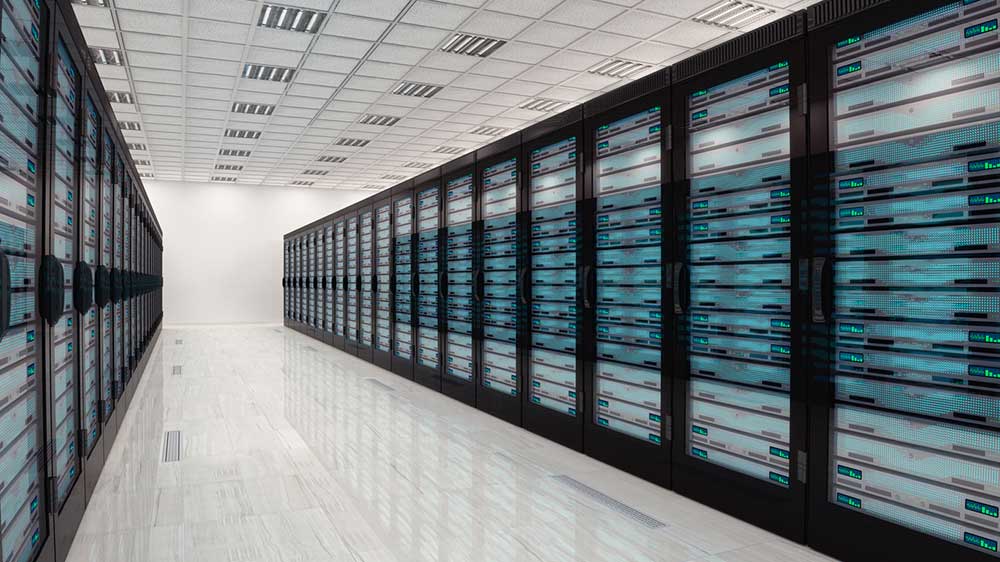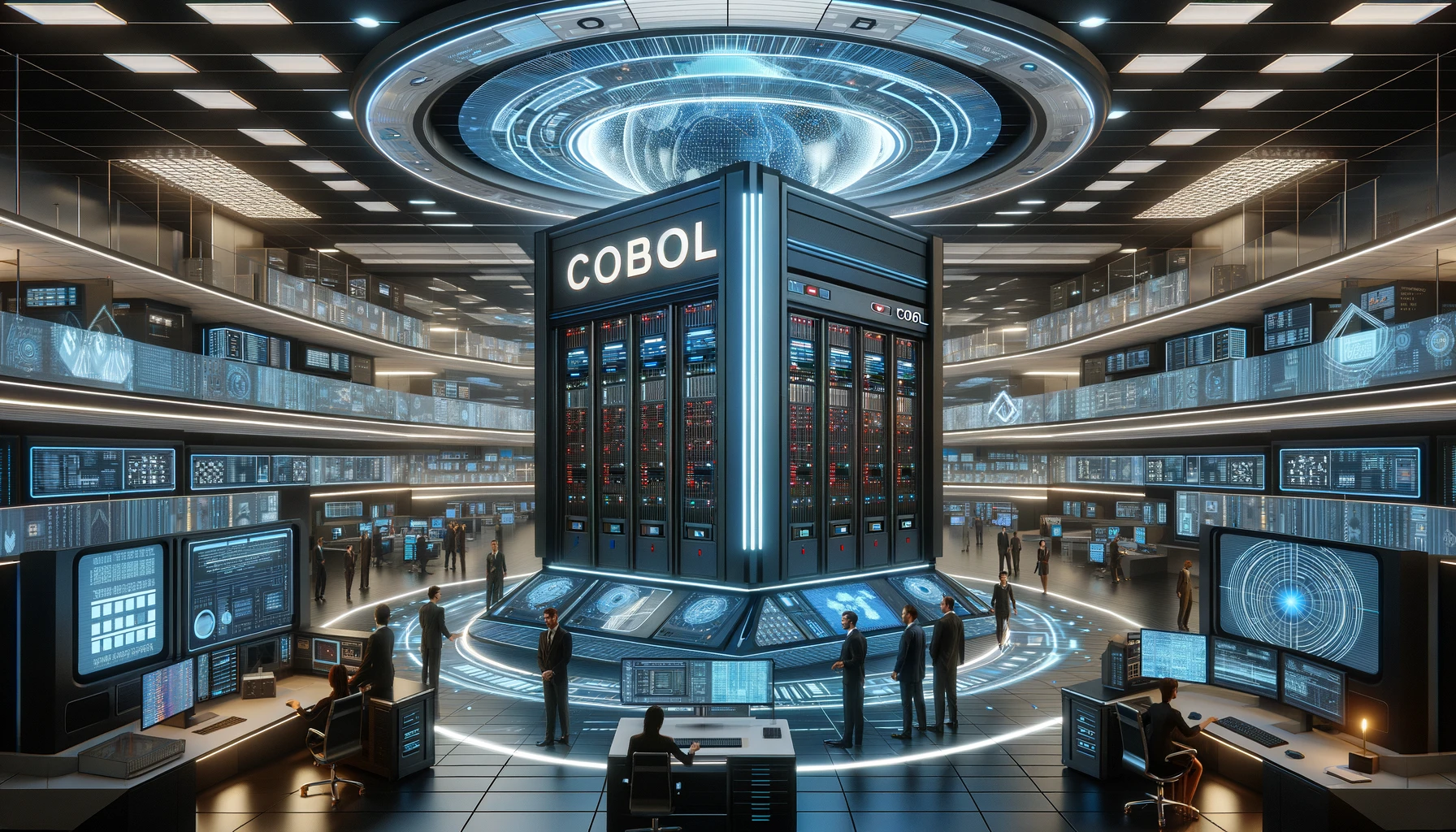To ensure the success of any digital transformation initiative, it is extremely important to evaluate the risks and challenges associated with legacy modernization projects. Legacy modernization often requires many years and many teams to effectively transform. This is because applications that require digitization have often been built a long time ago and moving away from the current system to a newer platform may create operational issues and have an impact on the business.
Here are eight key challenges in legacy application modernization that must be addressed in order to prevent business disruption and improve technology performance:
- Skills Shortage – Mainframe infrastructure has many components, which are complex by themselves. Understanding these technologies itself is difficult yet understanding the interdependencies between them is even more challenging. Application development skills are always difficult to retain, but here are also z/OS performance and capacity skills which are difficult to find.
- Loss of Application Knowledge – Complex legacy applications are often 20-30 years old, if not older. Workforce who have built/maintained these applications are the verge of retirement. In order to maintain the current application, there is a real risk of losing their knowledge on the application/technology. Maintenance and enhancement have now become major exercises, where the business is “scared” to touch the code because they are unsure of the impact of any changes.
- Resistance to Embrace New Technologies – Many of legacy users are typically settled in their system. Meaning they have their own process in and around system and shortcuts to achieve it. Any small change/request to incorporate a feature is not accepted.
- Branding Issues – Since digital transformation, AI, Big Data, Analytics and IoT are the buzzwords in the market, many rising IT employees don’t see a long-term career path in legacy technologies. Also, they don’t find it interesting in working in legacy technologies.
- Customer Friendliness – Some of the existing systems uses command-based screens, which is kind of weird in digital age. Hence engineers and architects have to take an extra step to re-architecture the current application in order to suit to modern digital world.
- Modernization Costs – Every project manager's nightmare is budget over run. This is more often seen in the Legacy Application Modernization projects. Major issue is Unknown dependencies due to complex application architecture.
- Quality Assurance – There are many migration tools available in market that help with legacy transformation. But all of them focus on code conversion or data transformation, for example COBOL to Java/ COBOL to shell scripts, etc. How many of them give insight into the business processes involved in the application?
- Performance and Stability – Key expectation in the legacy modernization projects is performance improvement. After all, that was one of the factors considered during digital transformation decision making. But how many legacy modernization projects have been successful in terms of delivering cost saving apps? Say some applications which have issues due to program looping or missing table index, may get carried forward in new platform as well. Because it gets un noticed due to huge size of application, missing performance tuning feature in the migration tools etc.
CAST helps legacy modernization projects in several ways, including application assessment, size estimation and measurement, preparation for cloud migration and full architecture understanding of application interdependencies and critical software risks that difficult to identify.








SHARE